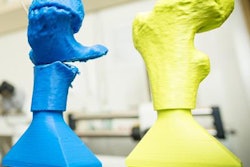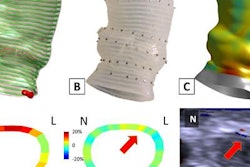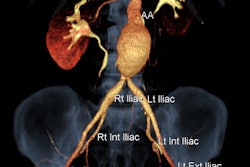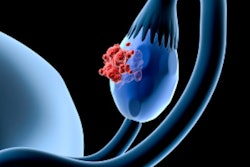3D printers are increasingly being used in medical applications, and a cyberattack on these devices could potentially affect patient health and safety. To help, researchers from Rutgers University - New Brunswick and the Georgia Institute of Technology have developed methods to detect the hacking of 3D printer controllers.
The researchers first demonstrated that it's possible to hack into a computer's firmware and print defective objects on several 3D printers. These defects weren't detected on the outside; the holes and fractures were inside the objects. Next, the researchers developed three methods for verification and intrusion detection, all of which are performed independently of firmware or a controller PC. They presented their findings in an August 16 talk at the Usenix Security Symposium in Vancouver, British Columbia, Canada.
The first method involved observing the motion of the extruder, or "arm," through which filament is pushed to form an object.
"Just looking at the noise and the extruder's motion, we can figure out if the print process is following the design or a malicious defect is being introduced," said senior author Saman Aliari Zonouz, PhD, from Rutgers in a statement.
Another method based on acoustic verification principles used audio classification to determine whether a 3D-printed object matched a previously known print.
The third method involved examining the object to see if it was printed correctly. The researchers inserted tiny gold nanoparticles into the filament that was sent with the 3D print design to the printing facility. Once the object was printed, they used CT scans to reveal whether the nanoparticles had shifted in the object or showed holes or other defects, according to the researchers. In this manner, the nanoparticles function essentially as imaging contrast agents, said co-author Mehdi Javanmard, PhD.
The researchers said they are now working on investigating other possible ways to attack 3D printers, proposing defenses, and transferring methods to industry.



















